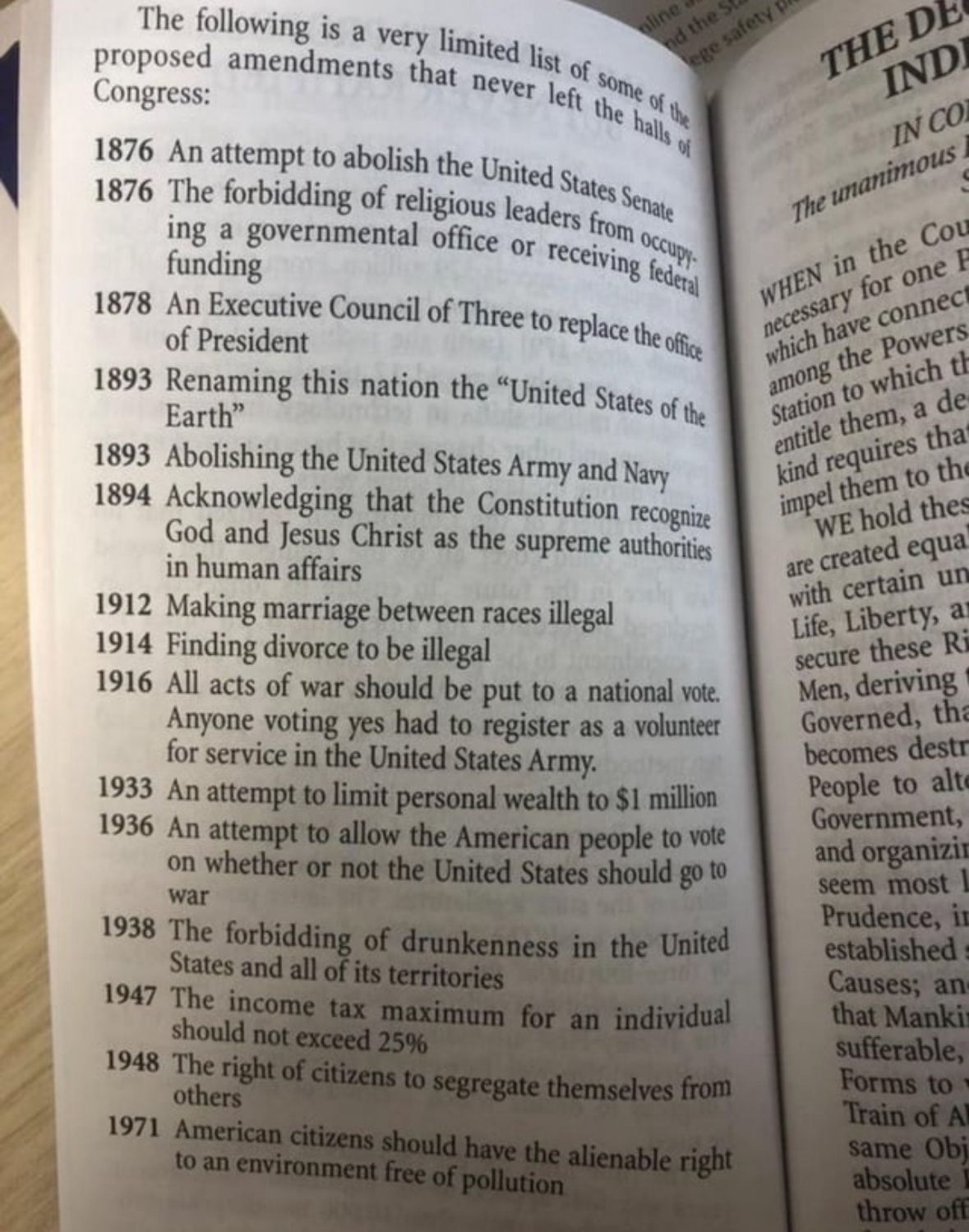this post was submitted on 12 Oct 2024
366 points (99.2% liked)
Just Post
1171 readers
20 users here now
Just post something 💛
founded 2 years ago
MODERATORS
you are viewing a single comment's thread
view the rest of the comments
view the rest of the comments

You're completely correct in the figure for federal minimum wage and average home cost, but that doesn't mean these two figures are relevant. Let me explain.
Let's take a look at the federal minimum wage, in 1960, $1/hr, now in 2024, $7.25/hr; 7.25 times higher. Let's look at the national average cost of a home, in 1960, ~$11,000, now in 2024, ~$320,000; 29 times higher.
Does this mean that the government is lying about historic wages or housing costs since they both didn't increase at the same rate? No.
Wages have notoriously not kept pace with inflation, while housing is considered a stable asset for building generational wealth, outpacing inflation. It can be a hard concept to grasp, but the value of a dollar is much more complex than being directly tied to minimum wage or cost of housing.
You just proved my original argument.
Go back to "$1 million in 1933 is the same as $24 million in 2024."
We both realize that for an individual the $1 million in 1933 is much greater wealth than $24 million in 2024.
The only difference is that I am focusing on the individual's relationship with a dollar and you are taking the larger view.
Not quite. The point I was trying to make was that wages/housing are not necessarily tied inflation i.e. the change in the overall effective value of a dollar. Let's see if we can try to agree on a few points. The effective value of the dollar is not stagnant. It changes each year. The fed tries to ensure inflation rather than deflation to encourage investing/spending of money. As such, the rate at which more money is minted each year and federal rates are controlled to try to hit a healthy amount of inflation each year. Now, if we were to take the average percent of inflation each year between now and 1933, the value of today's dollars would be roughly (today's dollar value)=(1933's dollar value)×[1 + (average inflation rate)]^(2024-1933).
Do we agree on the above but just disagree on what the average inflation rate would be? Or is something above incorrect?
My one and only point is that if someone who had a million in 1933 came to the future and saw what $24 million would buy he'd be outraged.
The official figures are fine if you're talking statistics; they fail when you apply them to the real world.
I think we can all agree on that point.